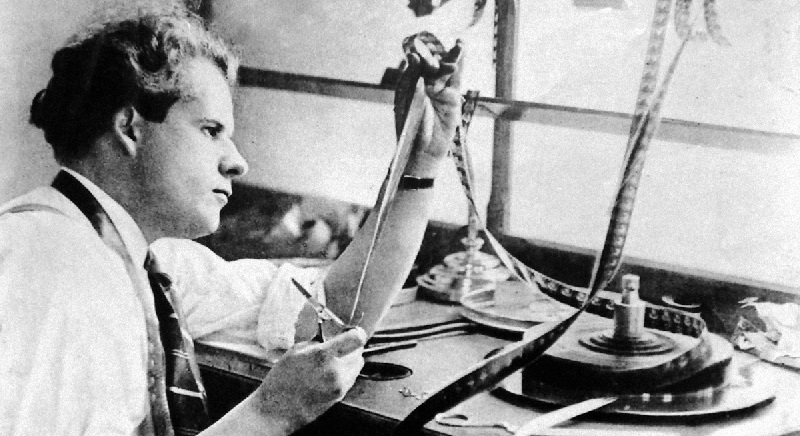
Film Editing is both an art form and a technical process. At the end of which you get the finished film. But before it is finished, one must go through countless hours of raw footage multiple times. And juxtapose it in a way that makes sense. And is aligned to the script and the vision of the director.
A Brief History:
The term is derived from the early days of filmmaking in the 1890s, wherein people would splice the film negative and then glue the pieces together to create cuts. During this time, very few movies used continuity editing. Which meant having continuous scenes strung together seamlessly. Famed French filmmaker Georges Méliès was also experimenting with editing as a visual effect during this time. Then in the 1900s, narrative features were born. Films like The Great Train Robbery (1903) started experimentation with editing and created the cinematic illusions of time and space as we know them today. Then the Soviet Montage movement emerged in the 1910s and 1920s, with filmmaker Lev Kuleshov pioneering his famous Kuleshov Experiment. It involved juxtaposing footage of a man with a bowl of soup, a child in a coffin, and an alluring woman; it would show his unchanging face and cut to one of the three.
The idea was to demonstrate the power of editing. You could make the audience believe that the man had certain feelings towards any one of these scenes.

“But I suppose film is distinctive because of its nature, of its being able to cut through time with editing.”
Oliver Stone
The Process and the tools used today:
Thankfully we don’t have to deal with bundles of expensive film negatives and glue all over our rooms anymore. What editors do today is known as Non-Linear Editing. Specialized software is used today which do not modify the original footage but instead prepares what’s known as an Edit decision list (EDL) which keeps track of the various cut points in the footage. Some of the most common Non-Linear Editing Software used in the industry are Avid Media Composer, Apple Final Cut Pro, Adobe Premiere Pro, and Da Vinci Resolve.
Editing Techniques
“The notion of directing a film is the invention of critics – the whole eloquence of cinema is achieved in the editing room.”
Walter Murch
Continuity Editing: The most common form of editing.
In a scene where characters in a film are supposed to be at one time and place, the editor must ensure that things remain the same from one shot to the next. For example, if a character walks from left to right in a wide-angle shot, they must still be walking when cut to a closeup. Continuity errors are something that the audience will notice immediately. It could take the audience out of the movie and make the experience jarring. Something we filmmakers absolutely do not want. As editors, we must ensure the audience does not notice our craft. And the more invested they are in the story without registering our cuts, the better we did our job.
Cross-Cutting: The editing technique wherein we show two or more actions separated by time and/or space by cutting between them. This creates complex illusions or serves as parallels of themes. Director Christopher Nolan is perhaps the modern master of this technique. Films like Inception and Dunkirk used these techniques extensively to create a rising tension and momentum.
The Cutaway: This involves cutting away from one thing to another abruptly. Sometimes this is used to bring attention from one thing to another. It can be used in a variety of ways. Sometimes it is done to show what the character is looking at. Sometimes to provide irony to a scene. Or to unsettle the rhythm of the film and provide a reset.
Dissolve: This term is used when the visuals of one-shot overlap the visuals of the other shot. It’s used when we want the audience to ruminate on what just happened. Or to draw parallels in visual symmetry or simply to show a passage of time.
J & L Cut: The J cut is when the audio from the upcoming shot starts before the previous shot ends. And the L cut is when audio from the current shot overlaps the next shot. This is commonly used in conversations to blend the scene together and imbibe a rhythmic flow.
Jump Cut: This was popularised during the French New Wave in the late 1950s. Here there seems to be no continuity in between shots. It’s called Jump cuts because the shots seem to jump ahead in time during the same action.
Significance of Editing:
Some of the earliest filmmakers noted that the film editing process is unique to motion pictures. Every other aspect of filmmaking originated in a different medium than film (photography, art direction, writing, sound recording), but editing is the one process that is unique to film. With editing, you can relive an entire human life within a feature film length or shorter. With editing, you can travel the world or even the whole of the universe.
“Editing is where movies are made or broken. Many a film has been saved and many a film has been ruined in the editing room.”
Joe Dante
